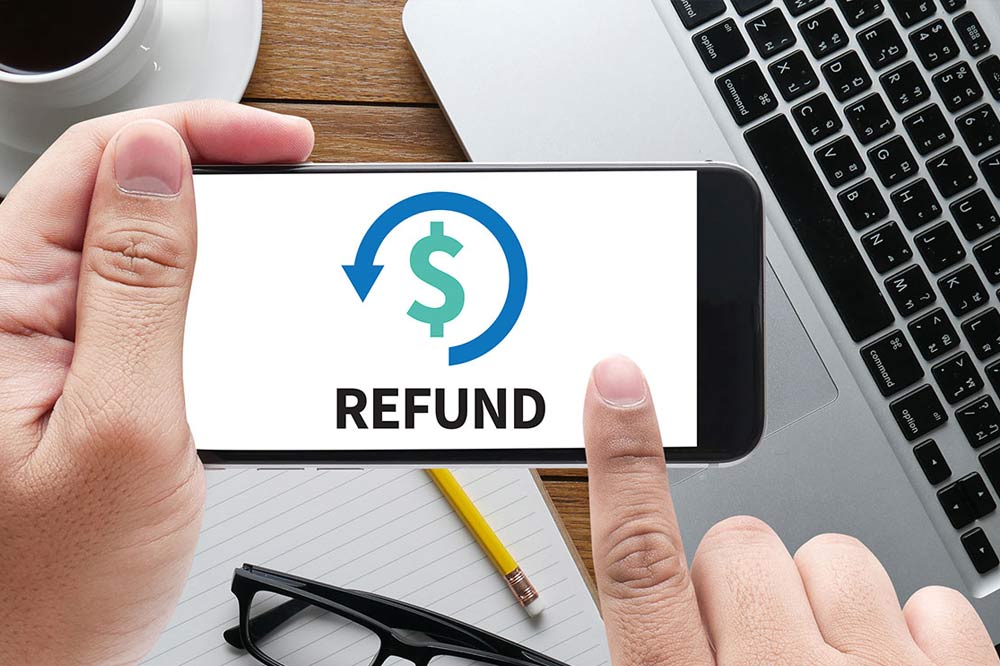7 Customer Refund Rules That Every Business Owner Should Know
Hopefully, if your business is one that occasionally has to refund a customer, you have all the rules related to refunds in place and, therefore, do not require your commercial lawyer to represent you in a court case because a customer is suing you for a refund.
These rules are in place to protect not only customers but also businesses; however, if they are not known or misunderstood, it can cause either party to feel they have been wronged by the other.
We have outlined the basics of each rule below, but please do not consider what we have written as legal text. If you have any queries about refunds and their legal implications, please consult your commercial lawyers.
Rule #1: A customer is not entitled to a replacement or a cash refund simply because they change their mind and no longer want the item they have purchased. You might choose to have an exchange policy, but there is no legal obligation for you to refund because of a change of mind.
Rule #2: When the goods or services that you have sold the customer have a problem, then the customer is entitled either to a replacement or a refund. A replacement can be a like-for-like or an alternative if the customer is happy to accept it.
The definition of what constitutes ‘problem’ goods is precise. It can mean that:
- The goods differ considerably from what was displayed or advertised or from any sample provided.
- The goods have a problem which, did the customer know them prior to the sale, would have reasonably led to them not buying.
- The goods are likely to create a dangerous or unsafe scenario.
- The goods are not fit for the purpose which the customer bought them, or they do not do what they were told it would do.
Rule #3: If the customer is entitled to a refund, they can instead request that they be allowed to keep the goods, but be compensated with an amount which reasonably equates to the difference between the price paid, and what its value is, given any problems which exist.
An example of this would be a TV which has a screen smaller than what was advertised. The customer may choose to keep it and accept compensation for the difference between the usual price of the TV size they are keeping and one with a larger screen.
Rule #4: A business is entitled to repair, rather than replace goods if the fault or problem is not a major one. An example would be replacing the light inside a refrigerator, rather than giving the customer a replacement refrigerator.
Rule #5: If the company cannot fix or repair the goods within a reasonable time, the customer can employ someone to do so on their behalf and claim the costs from the business who sold them the faulty goods.
Rule #6: If a product cannot be repaired, it is regarded as having a ‘major’ problem, and as such a business must offer the customer a full refund or a replacement.
Rule #7: A business is entitled to include its own terms and conditions with regards to the products and services it sells, and if it does so, those terms and conditions must be clearly communicated to its customers and clients. More importantly, they cannot contradict or seek to nullify Australian consumer laws in any way.




